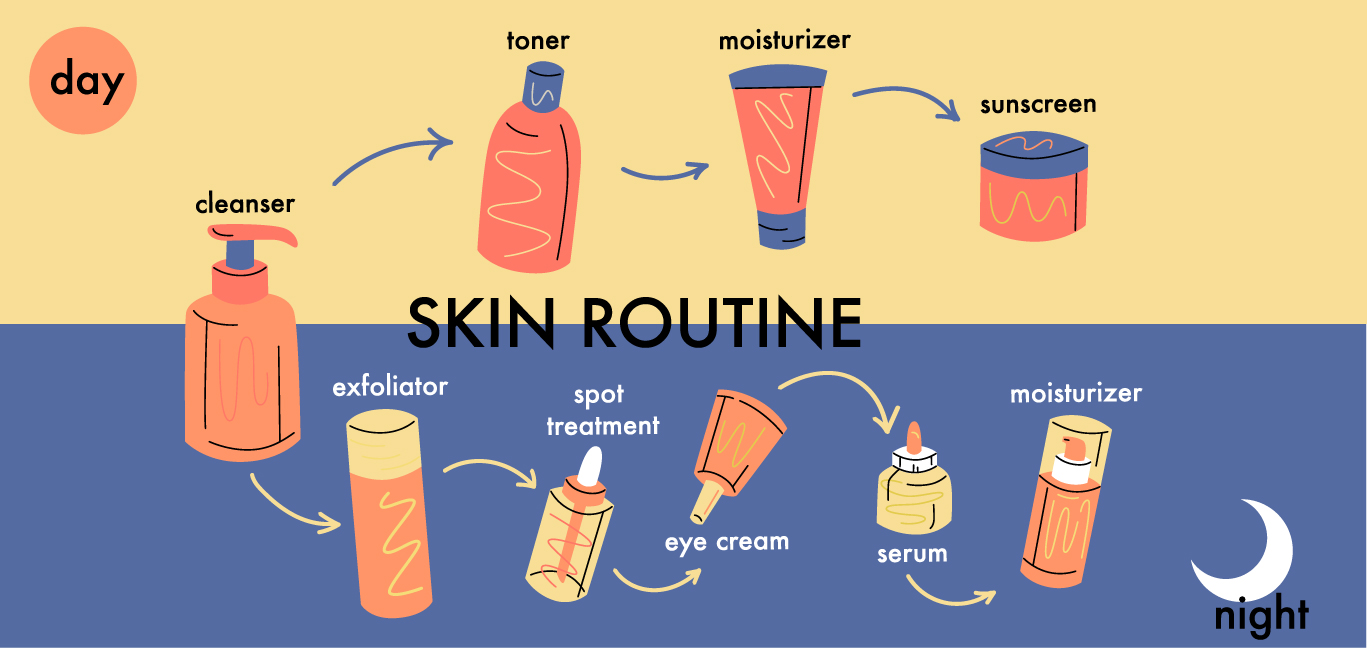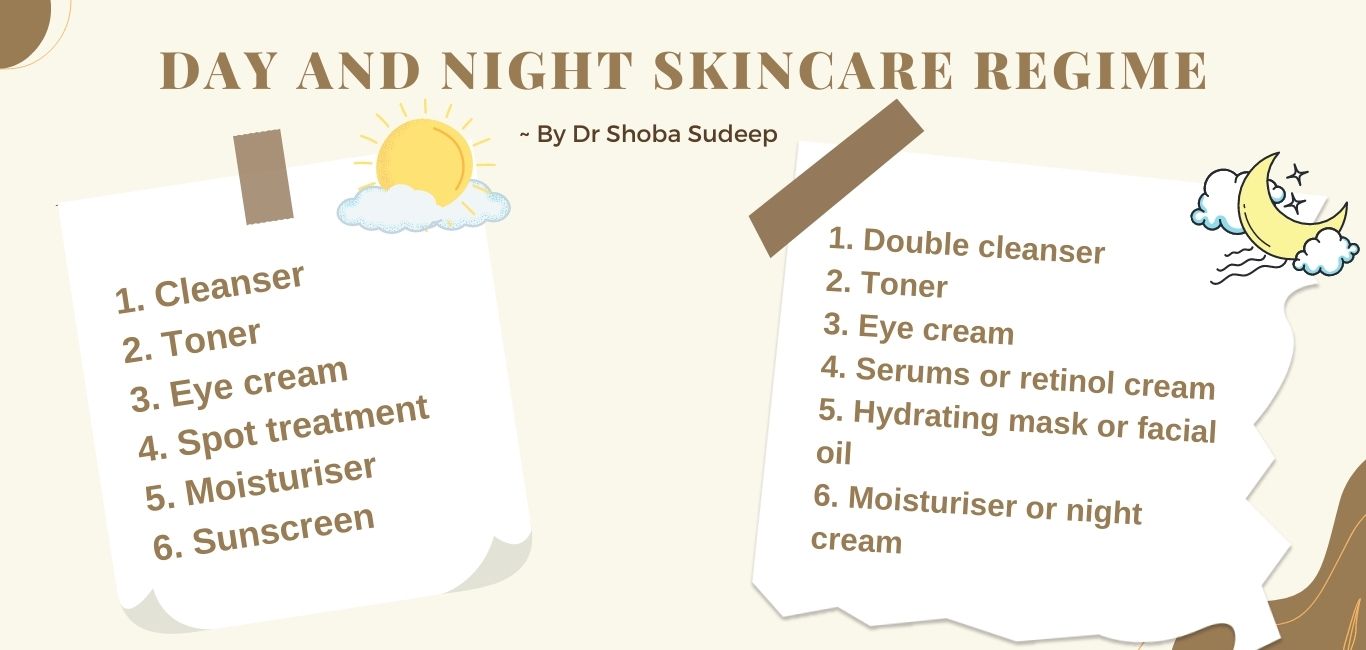
They come in containers of alluring shapes and colours and call out at us bewitchingly from the showcases of cosmetics stores and e-commerce promotion sites.
How does one pick the appropriate look-good personal care or skincare products from across their overt appeal, price tag and the inner charms they proffer?
Adding a layer to the confusion are the elaborate look-good routines, for instance the seven-to- 10-step Korean regimens.
For a skin care enthusiast, questions galore: `Is there a correct sequence of applying these lotions on the skin?’ `What do I put on before moisturising?’ `Can I use this serum if I am applying that serum?’
Skincare can be tricky, but it certainly is no rocket science. Look at it as constructing a building: one has to understand the land, make a blueprint and then start working on it.
Likewise, understanding one’s skin type and then using the appropriate cream lotion or spray in the right sequence is very necessary. Experts call it ‘skincare layering’. After all, it is about taking care of our skin without harming it in any way.
Why is it important?
When it comes to skincare there is no single product that works like magic on different skin concerns. This is where a tailored regime comes into the picture. Layering, or the right product in the right order, helps to amplify the power of the substances we use.
Dr Jude Dileep, consultant dermatologist at Dr Jude’s Hair Transplant and Skin Clinic, Puducherry, says, “Layering of skin care products is a sequential application of products to maximise the effects of individual products and minimise side effects.”
The golden rule
According to Dr Dileep, applications are layered from the thinnest to the thickest, from inside out. This ensures the penetration of ingredients in the thinner layers close to the skin.
“Active molecules [in cosmetics] are layered closer to the skin followed by relatively inert ones like moisturisers and sunscreens.” This is done during the day to let the skin absorb active molecules and also to protect it outside from ultraviolet or UV rays, weather conditions and pollution.
At night one can use a face oil for protection and as the last step in the daily layering routine. “For sensitive skin, moisturisers can be applied before using serums or active creams as they reduce any irritation,” says Dr Dileep.
Day or night?

According to Dr Shoba Sudeep, consultant dermatologist and cosmetologist, Bengaluru, skin layering technique is different for day and night depending on the products chosen.
* If one is using two kinds of serums it is advised to check the texture and consistency first. The thinner serum of the two should be applied first.
A water-based serum should be put on before an oil-based one. If they have the same consistency, the one that is more active between the two should be used first.
* In general, “The layering should be done in such a way that an application with relatively more benefits to the skin – e.g. an antioxidant cream – should be put on first; the items with less benefits should follow later, e.g. an emollient,” says Dr Sudeep. The logic is that the skin benefits from the actives that are closest to it.
Time between layers
According to Dr Sudeep, the ideal time between two layers could be 5 to 30 minutes depending on the products. However, when people are pressed for time, a small pause or a minute between two products also works.
The sandwich technique
Of late, what is called the `sandwich technique’ is said to be a trend among skincare enthusiasts. Experts say that it suits everyone, especially those with sensitive or dry skin.
“Sandwich technique traps water in the skin and reduces trans-epidermal water loss,” says Dr Sudeep.
Dr Dileep says that for the moisture sandwich, the skin is dabbed wet with water or rose water, topped with a moisturiser and sealed with an oil or wax-based agent, e.g. a balm with petroleum jelly. This traps moisture and hydrates the skin for a long time.
“This method is good for dry skin and in cold weather. But it could be disastrous for acne-prone skin as it can cause clogged pores and breakouts,” he says.
The retinol sandwich is another effective sandwich, the dermatologists say. Retinol or Vitamin A serum, if directly applied on skin, can irritate the skin. To avoid irritation and excessive dryness, people apply a thin layer of moisturiser on damp skin. When it is dries up, a layer of retinol is applied over it and is topped with another layer of moisturiser.
The bottom line
Ever new trends, expanding ranges of products and their usage protocols keep flooding the personal care world. However, they need not overwhelm us; everyone need not to follow all the steps of layering. For a healthy skin, one only has to do the basics of skincare – which includes cleansing, moisturising and applying a sunscreen.
Our tip: If you plan to try skincare layering for the first time, remember a golden rule. Apply products in the order of their texture: from the thinnest first to the thickest at the top. Make sure to find products that are right for your skin and its problems.
















